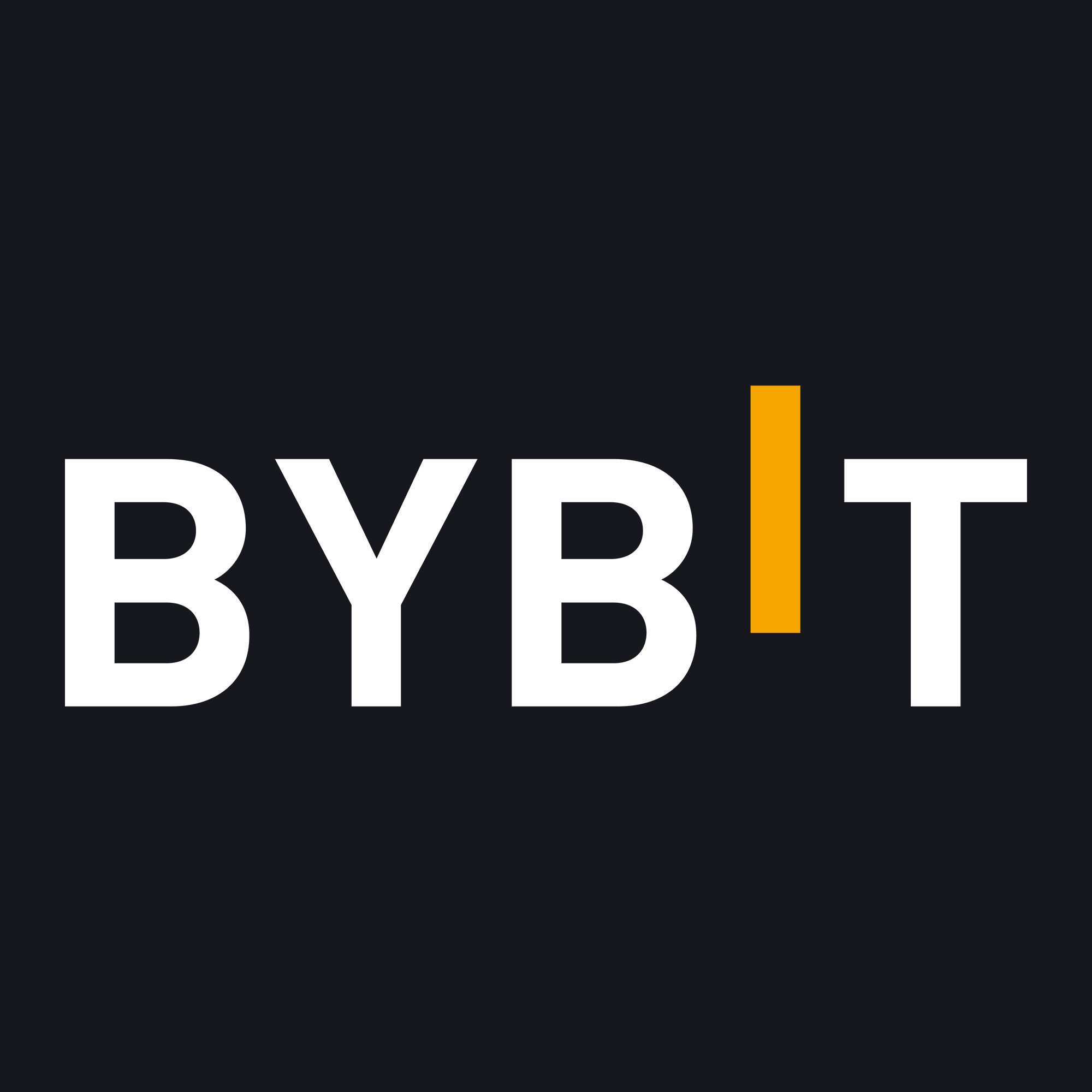Getting to Know the World of CDAI
CDAI stands at the forefront of a rapidly evolving financial landscape, offering an innovative approach to earning interest on digital holdings. Rather than relying on traditional structures, this particular instrument enables holders to earn yield through decentralized protocols while maintaining easy access to their tokens. By functioning in tandem with a broader blockchain framework, the asset allows enthusiasts and observers to explore ways of accumulating value within a less restrictive environment. Ever since it achieved a price of $0.02445, many analysts have taken note of its status: currently around $25,216,936 in market valuation, and featuring a circulating supply of approximately 1,030,565,172 tokens. Observers have also noted that it is roughly 22.55% below its historical peak of $0.03159 yet remains about 235.69% above its lowest recorded point of $0.007289, a clear indication of the fluctuations that can appear in this space.
From a technical perspective, the subject coin exemplifies how decentralized lending protocols function by letting holders deposit their digital assets into specialized platforms. Each token effectively represents a claim on underlying collateral, which accrues interest over time. Users who wish to analyze the performance of this interest-bearing token often study various parameters, such as on-chain data or recent market developments, to gauge its utility in different portfolio strategies. They may also consider whether to buy during periods of market dips or to hold until conditions seem more favorable.
Because investors in decentralized finance commonly look for straightforward tools that reveal growth over time, they might rely on a specialized calculator to review possible returns. Similarly, they tend to inspect charts depicting price progress, trading volume, and overall demand. Historical metrics suggest that CDAI’s average movement can vary significantly from week to week, reflecting broader patterns across decentralized finance.
A Look at CDAI’s Market Cap and What It Means
Market valuation gives a helpful perspective on the importance and size of this coin relative to others in the decentralized finance ecosystem. Observers can learn a great deal by reviewing how many tokens are in circulation, how consistently demand has grown, and how the project fits into the broader community of lending-based initiatives. Over the past few months, the capitalization has hovered around $25 million, with day-to-day shifts informed by factors ranging from protocol adjustments to overall market sentiment.
While exact movements fluctuate, some watchers pay special attention to how it compares to other yield-bearing assets in DeFi. Below is the only list in this entire text, demonstrating some elements that might influence the coin’s place in the market:
- Overall user adoption across lending protocols
- Investor confidence in stable yield opportunities
- Integration with multi-chain solutions and expansions
Such influences have the potential to propel the asset’s value forward. By staying informed about changes in global financial sentiment and the rise of on-chain technologies, stakeholders may make more precise decisions. This is especially relevant for those looking into crypto currency prices live, as they often observe the current price of assets to seek patterns or signals about crypto trends.
Because decentralized finance differs from conventional markets, it is important to view the subject coin’s market valuation in conjunction with other indicators. When speculators attempt to evaluate whether the asset mirrors a stock price dynamic, they must remember it exists within a unique structure governed by protocol parameters, token supply, and community participation. Moreover, individuals who consider engaging with this digital environment generally utilize a wallet that connects them to the underlying network of smart contracts, thereby granting direct on-chain interactions and access to real-time data such as the CDAI (CDAI) price. Staying up to date with relevant news surrounding developments also helps prospective holders evaluate the growth prospects of this particular instrument.
Where Could CDAI Be Headed? Price Outlook Explained
Determining a future path for the asset depends on numerous variables, including macroeconomic considerations, adoption rates, and updates to decentralized lending protocols. The community of developers may introduce modifications that alter interest distribution or staking guidelines, which in turn can produce shifts in trading volume. Meanwhile, the broader digital sector’s reliance on stable-yield models informs the extent to which this token remains competitive.
Well-regarded observers suggest that the value might evolve in tandem with broader acceptance of decentralized finance. Positive user experiences with lending programs and cross-chain utility improvements can create upward momentum. On the other hand, external regulatory changes or volatility in neighboring markets may restrict growth opportunities. To monitor developments, many rely on crypto prices today live trackers, making it simpler to perform real-time evaluations.
After careful consideration of all these forces, some speculators propose that the token's capability to generate consistent yield may buffer it against certain downturns, making it an appealing option for those who prefer more predictable instruments. Nonetheless, challenges remain, and participants must decide whether they should buy or sell based on personal convictions. They might also look toward broader cryptocurrency market movements, since the interplay between various assets can drive sentiment.
Tracking the Value: What’s Driving CDAI’s Price?
A multitude of elements contribute to the performance of this yield-earning coin. Some CDAI coin price prediction theories revolve around broad economic factors, whereas others stem directly from protocol functionality. The underlying architecture manages interest accrual through on-chain calculations, making the distribution of returns more transparent than traditional models. This clarity helps potential holders gain confidence in the asset’s design.
Institutional interest can also sway value, as organizations begin recognizing the profitability and flexibility of decentralized lending. Larger capital infusions typically bring heightened attention, although speculation can intensify volatility. Platforms that track current crypto prices live underscore the need to watch for sudden changes in trading volume or investor sentiment. If wide market swings arise, the coin’s trajectory might depart from purely fundamental growth patterns.
In certain discussions, industry commentators mention that regulatory developments and mainstream acceptance of digital assets likewise factor into these dynamics. Whenever new legislation either supports or constrains decentralized finance, the environment around yield-bearing tokens can shift rapidly. Hence, those with a keen interest often rely on decentralized and centralized exchanges to diversify their holdings or to adapt to incoming updates swiftly.
Because each token represents a stake in an underlying pool of assets, many consider on-chain data vital for assessing the coin’s real value. Observers will often analyze transaction volumes and interest rates, pairing them with short- and long-term on-chain insights. This process can uncover changing patterns that precede today price adjustments. Even then, unforeseen events can disrupt the typical rhythm and cause a flurry of trading decisions.
Inside the CDAI Ecosystem: How the Network Works
The system behind CDAI, an interest-bearing token, employs smart contracts to manage deposits, collateral, and accrued interest – all of which can influence the CDAI coin price. In essence, contributors deposit certain collateral into a lending pool, receiving tokens in return that continuously represent an ever-growing share of the underlying pool. Whenever participants redeem their tokens, they exit with the initial balance plus accumulated interest, minus any relevant fees or network charges.
Community members and outside observers utilize tools that keep track of the asset’s progress over time, referencing historical high and historical low metrics. These data points help potential investors identify the coin’s resilience in the face of broader market turmoil. Dedicated websites and aggregator platforms emphasize live crypto prices, allowing onlookers to gauge short-term changes while exploring the potential for incremental yield.
A hallmark of decentralized lending is that it typically benefits from advanced auditing to secure trust in the protocol. Third parties often vet the code, ensuring that interest calculations and collateral ratios function as intended. When the ecosystem is reliable, more liquidity enters the market, strengthening the network’s capacity to handle sudden changes.
When Did CDAI First Hit the Scene?
This asset emerged as part of a broader initiative to revolutionize how interest is accumulated within decentralized platforms. It was introduced to the public at a time when lending and borrowing protocols began capturing significant attention in the blockchain community. Early adopters gravitated toward the instrument’s combination of utility, security, and the prospect of better returns than traditional savings.
Before it was introduced, many users had to endure cumbersome processes when interacting with existing lending solutions. The new design streamlined these steps, allowing participants to deposit collateral and receive yield-bearing tokens without complicated obstacles. By simplifying the user experience, the CDAI CDAI crypto price project spurred an uptick in mainstream awareness and more robust engagement from those seeking transparent ways to earn yield.






















 Trade Now ByBit
Trade Now ByBit